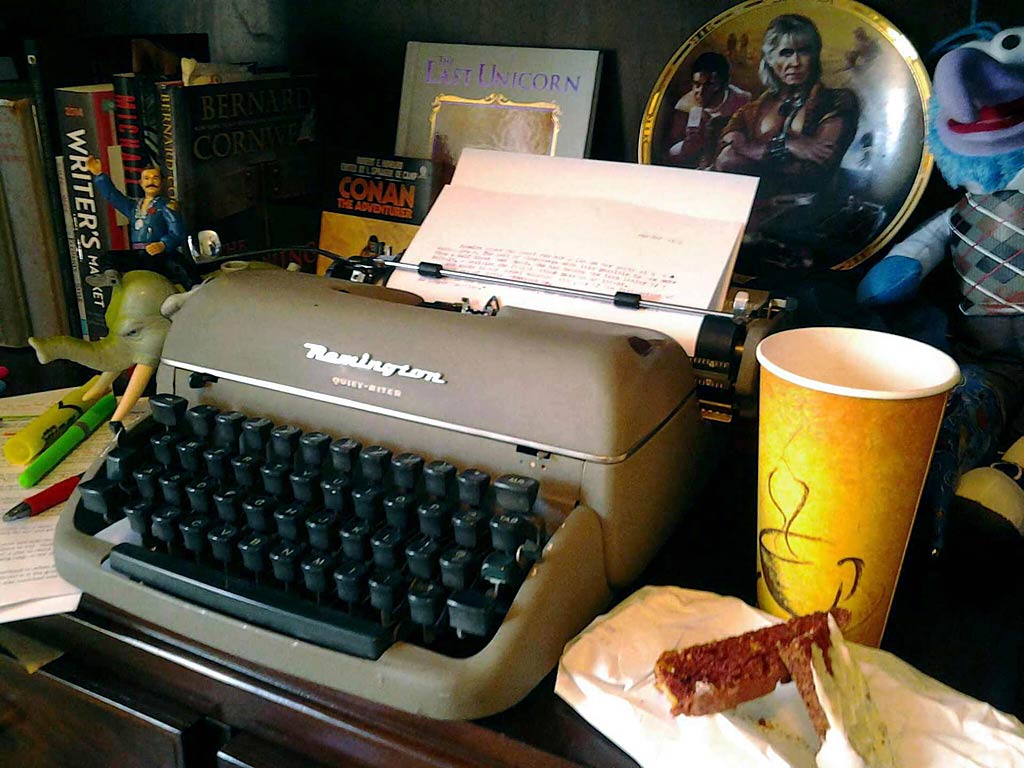Pacing Primary Escalation of Violence and Action
Pacing is critical to the comic reading experience and to the well executed script. It’s the glue that binds the reader. Too much, things get bogged down… attention spans wander, […]

Advanced discussion articles available for free, through the newsletter.
Pacing is critical to the comic reading experience and to the well executed script. It’s the glue that binds the reader. Too much, things get bogged down… attention spans wander, […]
In the Working Writer’s Guide to Comics and Graphic Novels, I take a portion of outline all the way through the process, from text to completed art. But how do […]
“How do I find an artist” or “I can’t find an artist“… I see these two in the forums all the time and get them emailed to me at least […]
“Kill Your Darlings” (and its many iterations) has been attributed to Stephen King, William Faulkner, Arthur Quiller-Couch and more… While the quote means, to kill the superfluous bits that you […]
I talk about keeping your panel descriptions on point the Writer’s Guide, but to bring the point home, let’s take a look at an excerpt from the screenplay of Big […]
In long prose novel writing, one of the ways you keep the reader engaged in the story is to directly connect one chapter to the next. If you intrigue the […]
When I’m wearing my long prose hat, I’m often asked “how long should my scene be?” Looking at the size itself is largely irrelevant and the answer is always the […]
I do my best to answer every question that comes in on the website and across social media. Someone recently asked, “How do you write to your artist’s strength?” As […]
Someone who purchased the Working Writer’s Guide to Comics and Graphic Novels had a question about formatting a double page spread. Because comic real estate is generally in such high-demand, […]
I recently came across this panel description in a script posted to a public forum. “Twelve rebellion members were trekking through the jungle. One young member was struggling to keep […]